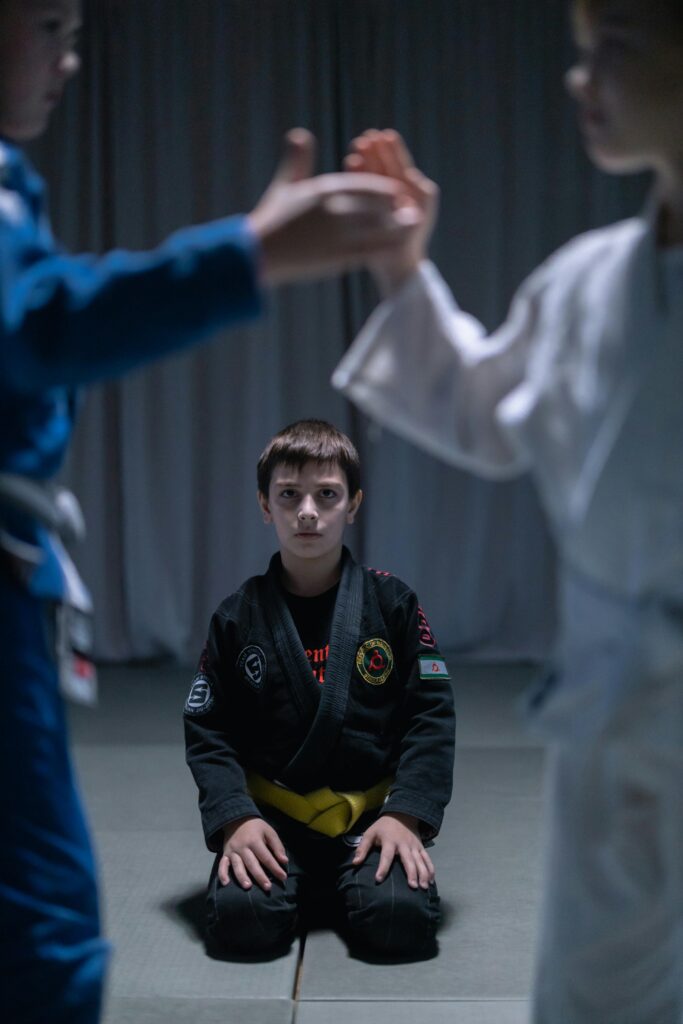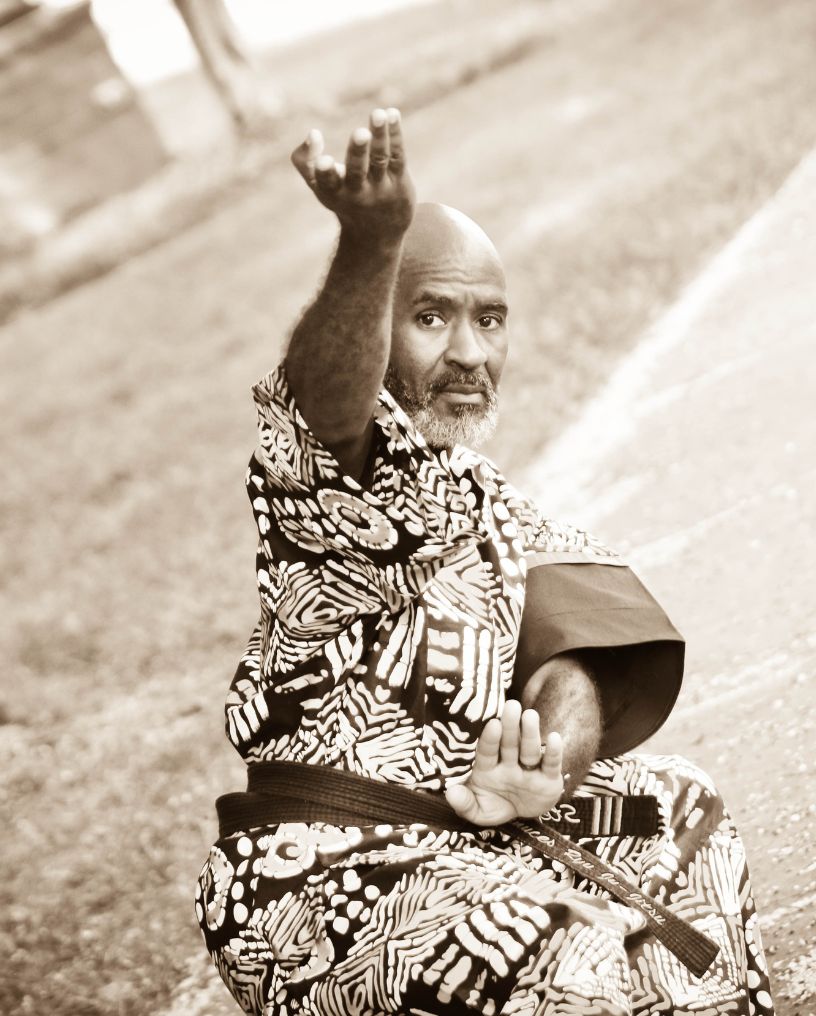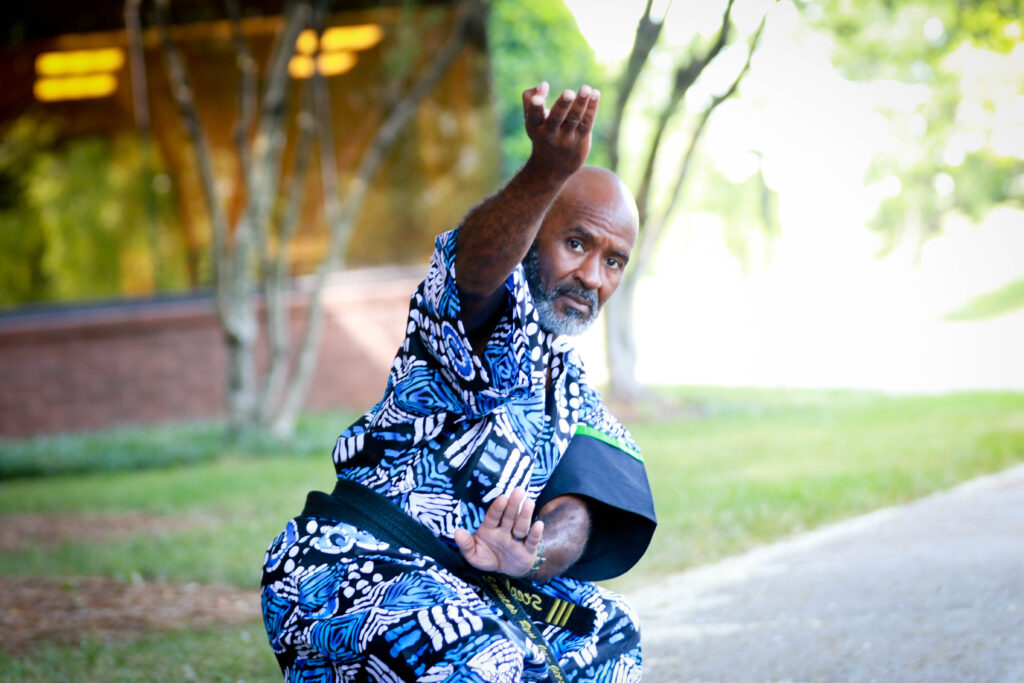It’s a quiet night, and your home feels like the safest place in the world—until a noise shatters that peace. Whether it’s a creak in the floorboards or the sound of breaking glass, the question is: are you ready?
Defending yourself during a home invasion is about staying calm, making quick decisions, and using practical strategies. From securing your home to practicing escape routes, preparation is key.
If you’re serious about staying safe, personalized on-location training, like what Eye2Eye Combat offers, can help you turn your home into a fortress. Let’s start by looking at the threats you might face and how to defend yourself from a home intruder.
Understanding the Threat
Home invasions are a scary possibility, but understanding why they happen and how to address vulnerabilities in your home can help you feel more prepared and confident.
Why Home Invasions Happen
Intruders typically target homes they perceive as easy to access. They look for opportunities, like an unlocked door, an open window, or signs that no one is home—such as uncollected mail or unlit interiors.
Taking time to understand these motivations allows you to take smart steps, like securing entry points and maintaining a lived-in appearance, to reduce the likelihood of being targeted.
Recognizing Vulnerabilities in Your Home
Most homes have weak spots that intruders can exploit. It might be a poorly secured back gate, an outdated lock, or overgrown bushes that provide cover. These vulnerabilities may seem minor but can offer an easy way in.
By inspecting your property from the perspective of someone trying to gain access, you can identify and fix problem areas. Simple improvements, like stronger locks and better lighting, can go a long way toward protecting your home.
The Importance of Preparedness
Having a plan in place ensures you know what to do if an intruder enters your home. This preparation helps you act quickly and decisively instead of panicking.
Identify safe spaces in your home where you can gather if needed. Practice family drills to ensure everyone knows how to respond and where to go. Preparedness builds confidence and can make all the difference in a crisis.
Securing Your Home Against Intruders
Protecting your home starts with simple, practical measures that discourage intruders and make breaking in much more difficult.
Strengthening Entry Points
Entry points are often the easiest way for someone to break into your home. To secure these areas:
- Install deadbolts or smart locks on all exterior doors for added strength.
- Apply security film to windows or consider adding bars for reinforcement.
- Use motion-activated lights around the property to illuminate potential hiding spots.
These adjustments not only slow down intruders but often deter them altogether.
Creating a Safe Room
A safe room provides a secure location where you can protect yourself and your family during an intrusion. Choose a room with a sturdy, lockable door and minimal windows.
Stock the space with essentials like a phone or charger, a flashlight, first aid supplies, and a defensive tool such as pepper spray. This room should be a place to stay calm, call for help, and remain protected until it’s safe to leave.
Developing an Emergency Plan
An emergency plan ensures everyone in your home knows exactly what to do during an intrusion.
- Identify two exits for every room to maximize escape options.
- Establish a safe meeting point outside your home where family members can gather.
- Practice contacting emergency services, teaching household members how to clearly describe an incident and provide the correct address.
These steps, when practiced regularly, prepare your family to act quickly and calmly when it matters most.
What to Do During a Home Invasion
When someone enters your home uninvited, staying calm and acting quickly are your greatest tools. Every second counts, and how you respond can significantly impact your safety and the safety of your loved ones.
Let’s break this down into clear steps to help you take control.
Staying Calm and Focused
Panic clouds judgment, so the first step is to steady yourself. Take a deep breath, and focus on assessing the situation instead of reacting impulsively. Keeping quiet not only helps you think clearly but also makes it harder for the intruder to locate you.
Visualize your options as calmly as possible. Whether you decide to escape, hide, or defend yourself, staying level-headed is essential.
Practice deep breathing or grounding techniques regularly so they come naturally during high-stress moments. This calm mindset ensures you’ll act rather than freeze.
Using Your Environment to Your Advantage
Your home is full of items that can double as defensive tools. A sturdy flashlight, heavy vase, or even a frying pan can provide an edge if you need to protect yourself. The key is to think creatively and use what’s within reach.
Choose a position that gives you the advantage. Stand near an exit or behind a solid object, like a counter or piece of furniture, to create a barrier between you and the intruder.
This positioning keeps you safer while giving you a better view of their movements.
Basic Self-Defense Techniques
When there’s no other option but to physically defend yourself, focus on simple yet effective moves:
- Aim for vulnerable spots like the eyes, nose, or throat, where even a light strike can disrupt the attacker.
- Use elbows or knees for close-range strikes, as they are naturally stronger and easier to control.
- Push or shove rather than punch if you’re untrained; it’s safer for you and just as effective at creating distance.
Self-defense training sharpens these instincts, helping you respond confidently. Repetition builds muscle memory, so these moves feel natural when it matters most.
Contacting Authorities Safely
As soon as you’re secure, call 911. Speak clearly, provide your address, and describe the situation briefly. If you can’t talk, some emergency services offer silent calling or texting options.
Familiarize yourself with these features ahead of time so you’re prepared to use them.
Building Confidence Through Self-Defense Training
Self-defense training isn’t only about learning techniques—it’s about preparing yourself mentally and physically to handle unexpected situations with confidence.
The Benefits of Home-Based Training
Training at home allows you to practice scenarios in a familiar environment. Focus on exercises like escaping from grabs, using household items for defense, and navigating tight spaces effectively.
This kind of practice helps you develop quick reflexes and confidence in handling real-world situations. The more you train, the more natural your responses will become, turning fear into focus.
Proactive Defense Strategies
Staying safe begins with awareness and preventative action. Locking doors and windows immediately after entering your home and paying attention to unusual activity around your property can deter potential threats.
Proactive strategies not only reduce your risk but also help you feel more secure in your daily life. These small habits reinforce your control over your environment.
Tools and Resources for Training
Take advantage of resources like online classes or local programs that teach practical techniques you can use immediately. Look for courses that emphasize hands-on learning and realistic scenarios.
Consistent practice, even for a few minutes a day, keeps your skills sharp and boosts your confidence. Whether you’re learning alone or as a family, these tools make you more prepared for anything life throws at you.
Enhancing Your Mental and Physical Readiness
Being ready to defend yourself isn’t just about physical strength—it’s about having the right mindset and staying physically capable.
Mental Resilience in Crisis Situations
Staying calm in a crisis is a skill you can build. Practice visualization exercises where you imagine potential threats and rehearse your responses. This mental preparation makes it easier to act quickly and effectively in real situations.
Controlled breathing exercises can also help. These simple techniques reduce panic and improve focus, giving you a mental edge when seconds count.
Physical Fitness for Self-Defense
You don’t need to be a professional athlete to improve your physical readiness. Activities like yoga or bodyweight exercises can enhance balance, flexibility, and strength—all crucial in self-defense scenarios.
A little regular effort goes a long way. Even a few minutes of focused exercise each day helps prepare your body to react when needed.
Teaching Family Members
Self-defense is a team effort. Share what you know with your family to empower everyone. Show your kids how to identify safe hiding spots, teach your partner basic techniques, and practice emergency drills together.
When your household works as a unit, you’re all better equipped to handle emergencies. Building this knowledge together creates a stronger, safer environment for everyone.
Turn Your Space into a Fortress with Eye2Eye Combat
Your home is your sanctuary, and keeping it safe starts with preparation. From securing entry points to learning practical self-defense, the steps you take today could make all the difference tomorrow.
But why stop at theory? With Eye2Eye Combat’s on-location self-defense training, you can practice these skills in the very space you’re protecting. Learn real-world techniques tailored to your home environment, gain confidence, and turn your space into a fortress.
Don’t leave your safety to chance—reach out to Eye2Eye Combat now and take control of your peace of mind.
FAQs
What is the best defense for a home invasion?
The best defense is preparation. Secure your home with strong locks, motion-sensing lights, and reinforced doors. Have an emergency plan and safe room ready. Training in basic self-defense can also give you confidence and practical skills to protect yourself if needed. Awareness and planning are key to staying safe.
How do you scare intruders away?
Intruders don’t like attention or difficulty. Bright motion-sensor lights, security cameras, and even a “Beware of Dog” sign can discourage them. Loud noises, like alarms or even shouting, can make them think twice. The harder your home looks to access, the more likely they’ll move on.
What is the easiest way to defend yourself?
Staying calm and using simple strategies is the easiest way to defend yourself. Aim for vulnerable areas like the eyes or groin, use nearby objects like a chair or lamp, and keep space between you and the intruder. Training helps build these instincts so you can react confidently.
How to stop home invasion?
Preventing a home invasion starts with securing your home. Lock all entry points, install outdoor lights, and consider an alarm system. Keep valuables out of sight and maintain clear sightlines around windows and doors. A visible, proactive approach to security often deters intruders.
What is the safest weapon for home defense?
The safest weapon depends on your comfort and training. Non-lethal options like pepper spray or a taser are effective and easy to use. If you choose a firearm, ensure you’re trained, it’s stored securely, and it’s easily accessible only to you. Whatever you pick, practice is essential.
What is the first line of defense against intruders?
Your first line of defense is making your home less appealing to intruders. Good locks, sturdy doors, and well-lit areas create barriers that discourage entry. Add a security system or cameras to increase deterrence. These simple measures often stop intruders before they even attempt anything.





